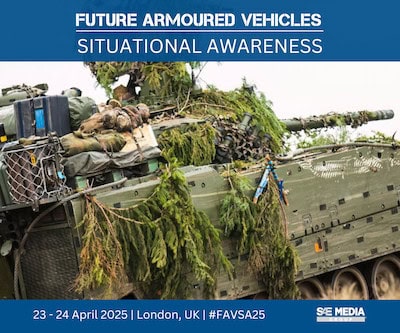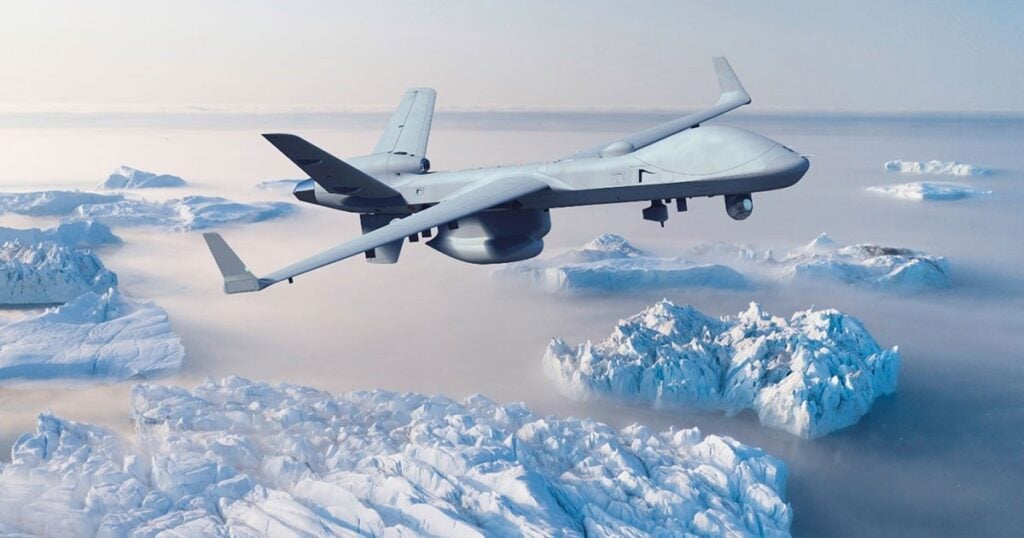The Joint Chemical, Biological, Radiological, and Nuclear Regiment (JT CBRN Regt) is a specialized military unit designed to address the growing challenges posed by chemical, biological, radiological, and nuclear (CBRN) threats. Operating in a joint framework, the regiment integrates personnel and capabilities from multiple branches of a nation’s armed forces, often complemented by allied and civilian expertise, to provide a robust defense against CBRN hazards in military and civilian environments.
Mission and Role
The primary mission of the JT CBRN Regt is to provide comprehensive support to detect, mitigate, and neutralize CBRN threats. These threats may arise in various contexts, including conflict zones, terrorist attacks, industrial accidents, or natural disasters. The regiment is tasked with:
- Detection and Identification: Using advanced sensor technologies and reconnaissance techniques to identify and characterize CBRN agents in real-time.
- Protection and Decontamination: Implementing measures to protect personnel and equipment from contamination, as well as conducting decontamination operations to restore operational capability.
- Training and Preparedness: Preparing military and civilian stakeholders to respond effectively to CBRN incidents through rigorous training programs and interagency exercises.
- Advisory and Liaison Functions: Providing expert advice to command elements and coordinating with national and international agencies during CBRN incidents.
Organization and Composition
The JT CBRN Regt typically includes a mix of specialized units, each contributing unique capabilities:
- Reconnaissance and Surveillance Teams: Equipped with mobile platforms and sensor suites to conduct rapid area assessments and map contamination zones.
- Decontamination Units: Specializing in cleaning personnel, vehicles, and infrastructure to remove hazardous substances.
- Medical and Casualty Management Teams: Focused on treating injuries caused by CBRN agents and preventing secondary contamination.
- Logistics and Support Elements: Ensuring the timely provision of specialized equipment, protective gear, and consumables such as detection reagents.
- Analysis and Exploitation Cells: Conducting laboratory analysis to confirm the nature of threats and support forensic investigations.
Capabilities
The JT CBRN Regt is characterized by its access to cutting-edge technologies and its ability to operate in diverse environments, from urban centers to austere battlefields. Key capabilities include:
- CBRN Detection Systems: Advanced portable and vehicle-mounted sensors for chemical, biological, radiological, and nuclear agent detection.
- Unmanned Systems: Drones and robotics for reconnaissance in high-risk zones, minimizing human exposure.
- Command and Control (C2): Integrated C2 systems that facilitate real-time situational awareness and decision-making across joint and coalition forces.
- Protective Equipment: State-of-the-art personal protective equipment (PPE) to safeguard against acute and chronic exposure to hazardous agents.
Operational Context
The JT CBRN Regt operates across the spectrum of military and civilian missions:
- Military Operations: Supporting combat forces by securing operational environments against CBRN threats, enabling maneuver and sustainment operations.
- Counter-Terrorism: Assisting law enforcement and counter-terrorism units in identifying and neutralizing weapons of mass destruction (WMD) threats.
- Humanitarian Assistance and Disaster Response (HADR): Deploying in response to incidents such as chemical plant explosions, pandemics, or nuclear accidents to protect civilian populations and mitigate harm.




















